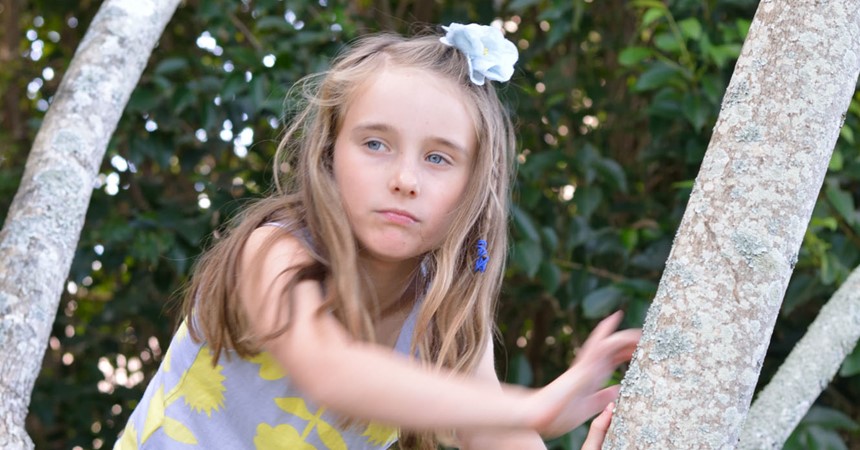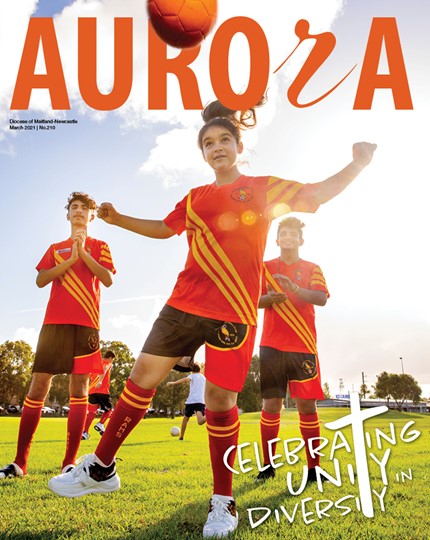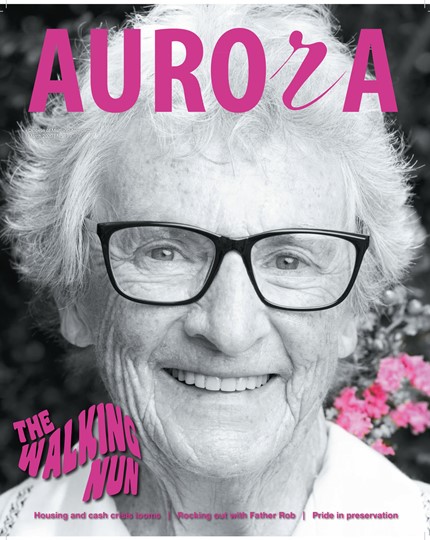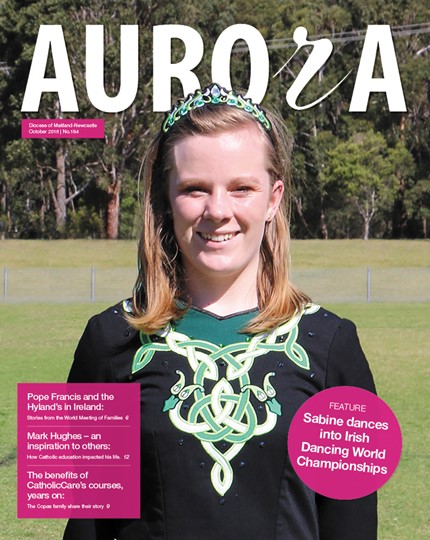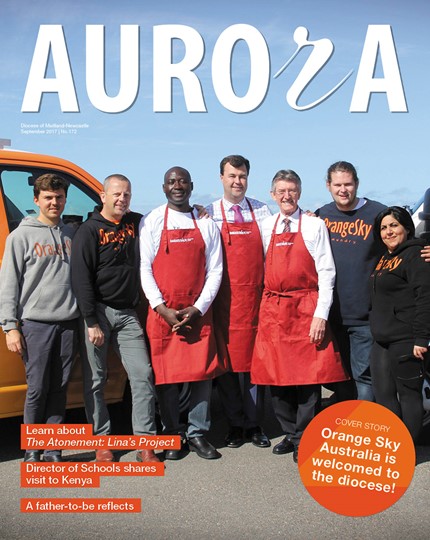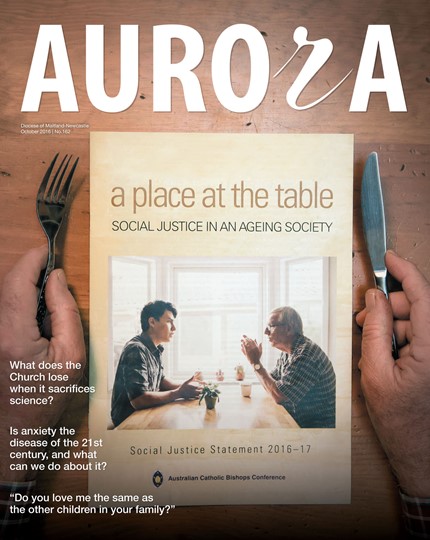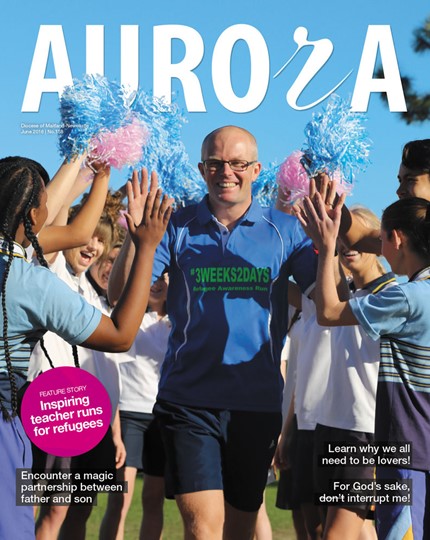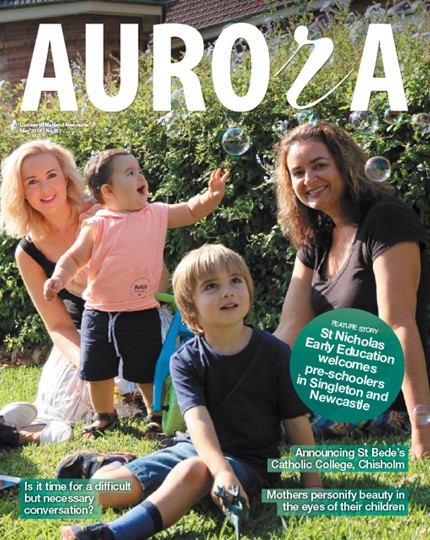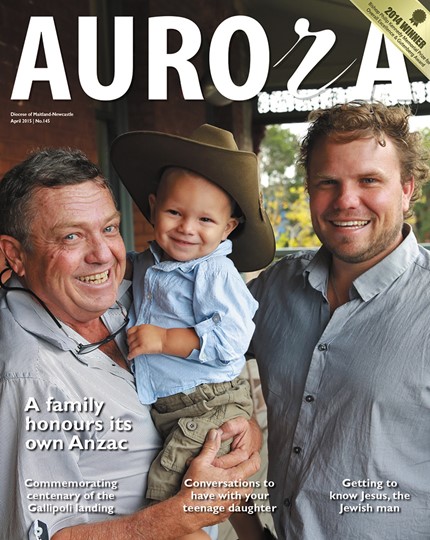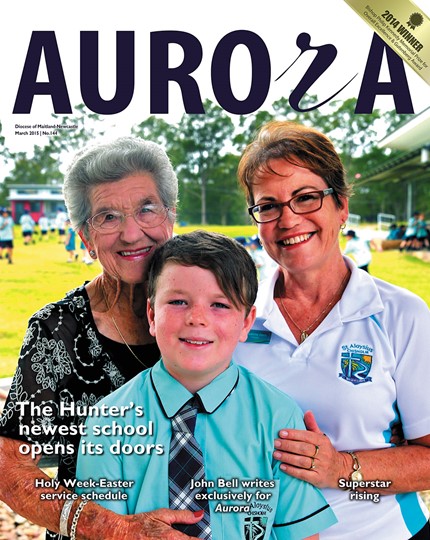Australian children have many opportunities their parents and grandparents didn’t have. They have access to the virtual world of the internet and a wide array of extra-curricular activities. They have increasingly sophisticated personal entertainment in the form of iPads, Xboxes and PlayStations. Children today are often driven to places they would find hard to reach on their own. However, for many parents, there is a nagging doubt: are today’s children missing out on important aspects of childhood that previous generations experienced? To answer this question, it is important to consider our understanding of the value of play and our assessment of risk.
When adults (even young adults) are asked to take their minds back to their favourite play spaces as 8 to 10-year-olds, they typically remember:
- outdoors and natural landscapes
- places with wildlife (eg cicadas, frogs and tadpoles)
- environments they could manipulate (eg build cubbies, dig holes)
- being away from adults’ gaze
- places they could get to by themselves
- places with risky features or activities (eg tree climbing, billy-carts).
Children are now much less likely to have access to such play spaces. They are more likely to be engaged in adult-organised or adult-supervised experiences, many of which are indoors. The age at which children are allowed out to play without supervision is increasing. They are far less likely to be able to walk or cycle without an adult, either to school or to their friends or play spaces. They are discouraged from engaging in risky play. In their school grounds, a risk-averse culture has led to the removal of play equipment, restrictive rules on play and reduction in time spent in recess.
Parents’ lives are also changing. A study by the UK’s Future Foundation found that the time spent looking after children quadrupled in two and a half decades, from 25 minutes per day in 1975 to 99 minutes in 2000. Much of this extra time likely involved transporting and supervising children.
The reasons for this increased burden on parents relate to two main motives: striving to give their children the ‘best opportunities’ and protecting children from perceived dangers. Parents are seemingly in competition with each other to give their children the maximum chance of becoming successful adults in a consumerist world, where success is measured by material wealth. Providing a range of adult-organised extra-curricular activities is believed to provide children with a learning and developmental advantage. The effectiveness of this strategy is questionable: unstructured play is far more important for learning than many people appreciate.
Parents also strive to protect children from dangers, particularly traffic danger, stranger danger and accidental injury. While the fears of stranger danger are exaggerated, compared with statistical risk of attacks, fears about traffic danger are warranted. Ironically, parents who ‘protect’ their children by driving them everywhere exacerbate traffic dangers for children. In this case the collective impact of individual decisions to protect children (eg driving them to school) has the opposite effect on children’s well-being: they are exposed to increased traffic danger and they also miss out on the health and developmental benefits of walking or cycling to school and to other places in their neighbourhoods.
Parents (and adults generally) seem to have a poor understanding of the risks to which children are exposed. Any risk assessment considers the likelihood of injury and the severity of injury. When a child learns to ride a bicycle, the chances of falling and experiencing a minor injury (eg a grazed knee) are high. Yet the likely consequences of this are not severe. When children are prevented from taking the risks that might lead to minor injury, they are deprived of important learning experiences. When they sustain or witness an injury, children learn to understand the consequences of their actions. For example, falling from a bicycle after applying the brakes too suddenly on a wet surface provides a valuable road safety lesson.
While adults should always be alert to protecting children from life-threatening or permanently disabling injury in play, there will always be some risk of children getting injured. There are long term benefits of risk encounters: overcoming challenges is part of a meaningful and fulfilling life. As former playground safety crusader, Joe Frost, explains, “In the real world, life is filled with risks – financial, physical, emotional, social – and reasonable risks are essential for children’s healthy development.” Within the early childhood community there is growing recognition that there has been too much emphasis on ‘injury prevention’, and that children’s experience of minor injuries during play helps develop their resilience.
An important first step in giving children more freedom to play is to encourage a new approach to risk. Tim Gill, author of No Fear: Growing up in a risk-averse society, argues, “Childhood is being undermined by the growth of risk aversion and its intrusion into every aspect of children’s lives.” Not only are we generally risk-averse, parents who are concerned about certain risks (eg injury while playing) are seemingly unaware of other risks that can occur as a result of restricting children’s play, which manifest over a longer time frame. Children can become afraid to use their bodies activelyand not get enough physical exercise. When play is restricted, so too are children’semotional, intellectual and social development.
As a result, today’s children (in Australia and many other nations) are getting fatter, sicker and sadder.
Childhood overweight and obesity, Type II diabetes, and childhood depression are increasing. In addition, children’s creative abilities have declined over recent decades; they are less emotionally expressive and less imaginative. A likely solution to all these issues is to encourage more outdoor play and more walking and cycling (which can themselves be playful experiences). Several strategies can help achieve this.
Policies that increase the provision of local schools, shops and services will also encourage more walking and cycling, as well as reducing pressures on parents to drive their children to school and other places. Lowering speed limits in residential streets makes streets safer, both in terms of traffic danger, and also by increasing the number of pedestrians and cyclists. This provides ‘eyes on the street’ that reduce fears about strangers. Changes in the design of new housing may also help. Instead of houses having shutters and high fences, houses with front porches and windows facing the street help provide passive surveillance in residential streets.
As well as changes at a neighbourhood level, changes in school grounds can encourage play. The Sydney Playground Project (link below) explains how an intervention involving risk reframing with parents and teachers, in combination with the introduction of loose materials into school grounds, increased children’s physical, creative and social play. The intervention, to increase ‘risky’ play with loose materials (eg old tyres and milk crates), led to reductions in fighting and bullying, with no increase in accident injury. This simple intervention, which could be adopted in every primary school, has the potential of initiating a self-sustaining cycle of prevention for childhood obesity, bullying and mental ill health.
Making these changes to our lives and cities will help develop happier, fitter, healthier and smarter children. Parents and teachers will benefit from having reduced pressures to accompany or supervise children. Communities will become stronger, partly through the mere presence of children, which breaks down the learned reserve between adults. Creating more resilient children may be easier than we think. In fact, it’s child’s play.
Paul Tranter is Associate Professor in Geography, UNSW Canberra at the Australian Defence Force Academy. He is a graduate of the University of Newcastle. You may wish to visit http://sydney.edu.au/health-sciences/sydney-playground-project/.
